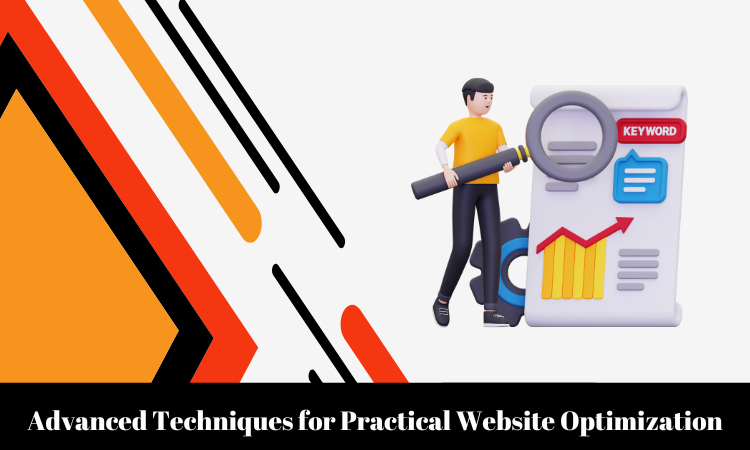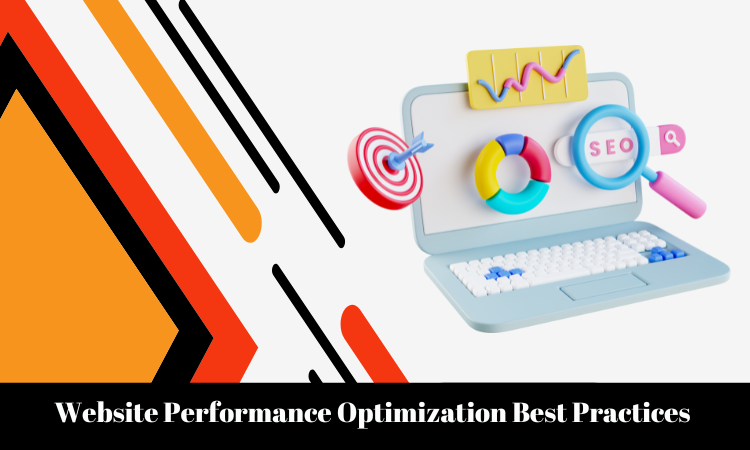In the ever-evolving landscape of the digital world, having a strong online presence is crucial for the success of any business or individual. Search Engine Optimization (SEO) plays a pivotal role in ensuring that your website ranks highly on search engine results, driving organic traffic and potential customers. To achieve and maintain optimal SEO performance, regular SEO audits are essential. This comprehensive guide will walk you through the SEO audit essentials, providing practical insights and actionable steps to optimize your website effectively.
Table of Contents
ToggleUnderstanding the Importance of SEO Audit
Search engines constantly update their algorithms, and staying ahead of the curve is vital for maintaining visibility in search results. An SEO audit serves as a diagnostic tool to evaluate the health of your website’s SEO and identify areas for improvement. By conducting regular audits, you can enhance your website’s performance, user experience, and overall online presence.
The Fundamentals EO Audit
1. Keyword Research and Analysis
Keywords are the foundation of SEO. Begin your audit by evaluating your current keyword strategy. Are you targeting the right keywords for your business or content? Use tools like Google Keyword Planner, SEMrush, or Ahrefs to identify relevant keywords with high search volumes. Ensure that your content aligns with these keywords to attract the right audience.
2. On-Page SEO Optimization
Review the on-page elements of your website, including title tags, meta descriptions, header tags, and URL structures. Optimize these elements to be concise, relevant, and keyword-rich. Ensure that each page has a unique title and meta description, and use header tags (H1, H2, H3) to structure your content logically.
3. Content Quality and Relevance
High-quality, relevant content is crucial for SEO. Evaluate the depth and uniqueness of your content. Update outdated information, fix broken links, and ensure that your content provides value to users. Google’s algorithms prioritize content that answers user queries comprehensively.
4. Mobile-Friendly Design
With the increasing use of mobile devices, having a mobile-friendly website is non-negotiable. Use Google’s Mobile-Friendly Test to ensure that your site is responsive and provides a seamless user experience across devices.
5. Site Speed and Performance
Page speed is a critical factor for both user experience and search engine rankings. Use tools like Google PageSpeed Insights to identify areas for improvement. Compress images, leverage browser caching, and minimize HTTP requests to enhance your website’s speed.
Advanced Techniques for Practical Website Optimization

1. Technical SEO Analysis
Delve into the technical aspects of your website, including crawl errors, site structure, and XML sitemaps. Use tools like Google Search Console to identify and fix crawl issues, and ensure that your site architecture is logical and easily navigable.
2. Backlink Profile Evaluation
Backlinks are a powerful SEO factor, but quality matters more than quantity. Audit your backlink profile using tools like Moz or Ahrefs. Disavow toxic links and focus on building high-quality, relevant backlinks to improve your website’s authority.
3. User Experience (UX) Assessment
User experience is a key ranking factor. Analyze user behavior on your site using tools like Google Analytics. Ensure that your website is easy to navigate, with clear calls-to-action and an intuitive layout. Address any issues that may lead to high bounce rates or low user engagement.
4. Local SEO Optimization
For businesses with a physical presence, local SEO is paramount. Verify your Google My Business listing, ensure accurate NAP (Name, Address, Phone) information, and encourage customer reviews. Local SEO optimization enhances visibility in local searches, especially on mobile devices.
5. Schema Markup Implementation
Schema markup provides search engines with additional context about your content, improving the chances of rich snippets in search results. Implement schema markup for relevant content types, such as events, products, and reviews, to enhance your website’s visibility.
Website Performance Optimization Best Practices

1. Server and Hosting Analysis
Your hosting provider has a significant impact on the performance of your website. Ensure that your server is reliable, and consider upgrading to a faster hosting plan if needed. Monitor server response times and address any issues affecting site performance.
2. Content Delivery Network (CDN) Integration
A CDN distributes your website’s content across multiple servers worldwide, reducing latency and improving page load times. Integrate a CDN to ensure that your website loads quickly for users across different geographical locations.
3. Image and Media Optimization
Large images and media files can slow down your website. Compress images without compromising quality and use lazy loading to ensure that images are loaded only when they come into the user’s viewport. This improves page load times and overall user experience.
4. Browser-Caching Implementation
Leverage browser caching to reduce load times for returning visitors. This involves storing static resources like images, CSS, and JavaScript files in the user’s browser, allowing them to be retrieved more quickly upon subsequent visits.
5. Minimize HTTP Requests
Every element on a webpage, such as images, scripts, and stylesheets, requires a separate HTTP request. Minimize the number of requests by combining or reducing unnecessary elements. This reduces load times and improves overall website performance.
Proven Techniques for Practical Website Optimization

1. Regular Content Updates
Fresh and relevant content signals to search engines that your website is active and provides value. Regularly update and expand your content, addressing emerging trends or changes in your industry. This not only benefits SEO but also keeps your audience engaged.
2. Social Media Integration
Social signals are becoming increasingly important for SEO. Integrate social media sharing buttons on your website, and actively share your content on social platforms. Engage with your audience on social media to build a community around your brand.
3. Video Optimization
Video content is highly engaging and can improve your website’s SEO. Optimize video titles, descriptions, and tags with relevant keywords. Host videos on platforms like YouTube and embed them on your site to benefit from both video and universal search results.
4. Structured Data Markup
Structured data helps search engines understand the context of your content. Implement schema markup for different content types, such as articles, recipes, or events. This enhances the visibility of your content in rich snippets and other special search result features.
5. Conversion Rate Optimization (CRO)
Optimizing for conversions is not just about attracting traffic; it’s about turning that traffic into customers. Analyse user behaviour, conduct A/B testing, and optimize your website’s design and calls-to-action to improve conversion rates.
Conclusion
In the dynamic world of digital marketing, staying ahead of the competition requires continuous effort and adaptation. Conducting regular SEO audits is not just a best practice; it’s a necessity for maintaining and improving your website’s performance. By focusing on keyword optimization, on-page SEO, technical analysis, and performance optimization, you can create a robust foundation for success in the online realm.
As search engines continue to evolve, so should your SEO strategy. Embrace emerging trends, stay informed about algorithm updates, and be proactive in addressing issues identified during your audits. By following the practical tips and techniques outlined in this guide, you’ll be well-equipped to navigate the complexities of SEO and ensure that your website remains visible and competitive in search engine results.
Frequently Asked Questions (FAQs)
Q1: How often should I conduct an SEO audit?
A1: It’s recommended to conduct a comprehensive SEO audit at least once every six months. However, if you’ve recently made significant changes to your website or noticed a drop in rankings, it’s advisable to conduct an audit sooner.
Q2: Can I perform an SEO audit myself, or should I hire a professional?
A2: While basic SEO audits can be performed by website owners, hiring a professional SEO consultant or using specialized tools can provide a more in-depth analysis. Professionals have the expertise to identify and address complex issues.
Q3: What role do backlinks play in SEO, and how can I improve my backlink profile?
A3: Backlinks are crucial for SEO as they signal the authority and relevance of your content. Focus on acquiring high-quality backlinks from reputable sources in your industry. Regularly audit your backlink profile to disavow any toxic links.
Q4: How does mobile-friendliness impact SEO?
A4: Mobile-friendliness is a significant ranking factor for search engines. With the increasing use of mobile devices, a mobile-friendly website ensures a positive user experience, leading to improved rankings in mobile search results.
Q5: What is the role of social media in SEO?
A5: Social signals, such as likes, shares, and comments, are considered by search engines as indicators of content relevance. Integrating social media into your SEO strategy can enhance your online presence and drive traffic to your website.

